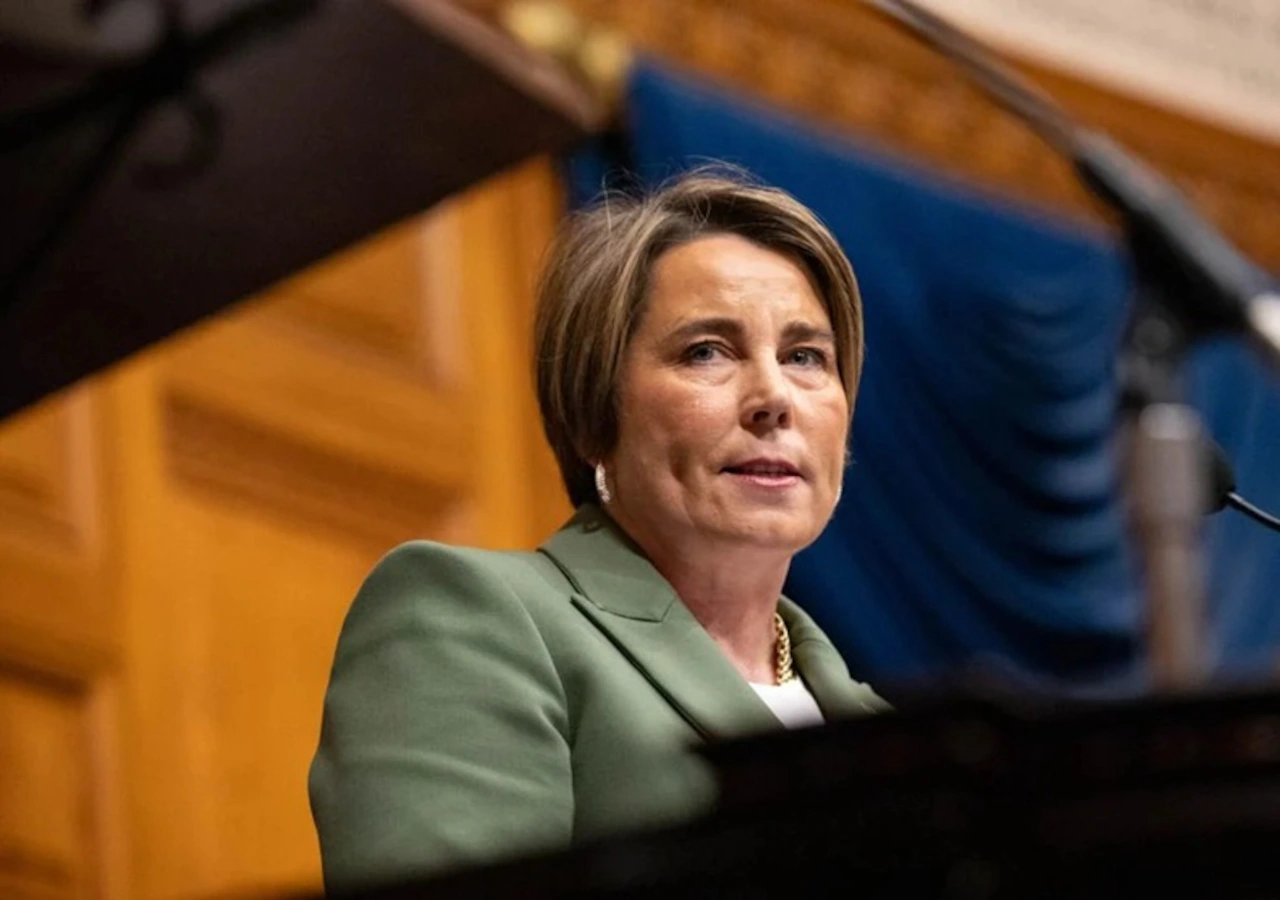New Scotland college and university funding analysis shows ‘most colleges are not sustainable’
By Catriona Stewart
Copyright scotsman

The stark financial position of Scotland’s universities and colleges has been laid bare in new analysis from Scotland’s funding authority. The university sector’s operating surplus has plummeted by nearly £200 million from £210.8m in 2022/23 to £17.2m for the 2023/24 financial year. It is predicted to fall even further by 2025/26 to a deficit of £12.9m. The figures are set out in one of two reports by the Scottish Funding Council, which says universities ordinarily “take a cautious approach to forecasting, often resulting in better than anticipated results”. Monday to Saturday, our daily newsletter brings you the best stories However, the report now says: “This position has changed due to the current challenging financial environment and improvements on forecast will be extremely difficult to deliver.” Nine universities reported underlying operating deficits during 2023/24, with predictions this will increase to ten in 2024/25 and 11 in 2025/26. The colleges funding analysis finds further substantial adjusted operating deficits are forecast over the next three years. Some 22 (92 per cent) of colleges are forecasting adjusted operating deficits in 2025/26, reducing to 21 colleges (88 per cent) in 2026/27 and 20 colleges (83 per cent) in 2027/28. The report says: “These forecasts show that most colleges are not sustainable.” The reports consider the financial health of Scotland’s colleges and universities, providing detailed information at sector level on their operating position, cash balances, sources of income, expenditure, liquidity, cash flow, borrowing and capital expenditure. Both colleges and universities continue to operate in an extremely tight fiscal environment, with downward trends in cash balances showing both sectors under pressure. SFC chair, Professor Cara Aitchison, said: “While these reports represent a snapshot in time, the trends we’re seeing indicate the serious implications of the tight fiscal environment in which colleges and universities are operating and the need for action to address the challenges they face.” The analysis sets out issues for both universities and colleges that include rising staff costs, unanticipated public spending cuts, an uncertain economy with rising inflation and high interest rates, and continuing high energy costs. The document also describes infrastructure pressures, exacerbated by the impact of reinforced autoclaved aerated concrete (RAAC), and says these are impacting on the delivery of high-quality learning, teaching and research. READ MORE: Children as young as 7 ‘can access porn’ on Scottish council-issued iPads in Glasgow and Borders Government net zero targets are also placing a burden on university and college income, as is the impact of UK government policies on maintaining international fee income. Institutions are taking mitigating steps to try to adapt to challenges, such as staff restructuring, vacancy management, freezing of non-essential spend, reviewing course portfolios, curriculum rationalisation and consolidation, moves to online and blended learning, delaying capital spend and reviewing estates strategies. Ms Aitchison said these steps were encouraging, but warned “difficult decisions” would have to be taken in the long term. She said: “We are encouraged by the proactive steps being taken by institutions as they adapt and build in resilience for this changing environment, recognising that this may include difficult decisions to secure long term financial sustainability, which is a requirement of our Financial Memorandum.” Universities are dependent on overseas students for income and the university funding report sets out a stark warning on this source of income. It reads: “There is an increasing risk that universities may not meet their international student tuition fee income targets as this continues to be an area of significant fluctuation and risk due to the competitive nature of the international markets, UK visa and immigration policy and geopolitical changes.” The number of students from the top ten countries increased significantly between 2018/19 and 2022/23. The largest increases in numbers over that period were from India with 10,075 students, Nigeria accounted for 8,130 and China at 7,600. In percentage terms, the largest increases were from Nigeria (633 per cent), Pakistan (551 per cent) and India (466 per cent). However, in 2023/24 there was a drop in the number of international students and the only countries showing increases were United States, Pakistan, and Canada. Ms Aitchison added: “We continue to engage closely with Scottish ministers on the case for investment in colleges and universities which are the drivers for economic growth, addressing child poverty, supporting the transition to net zero and delivering excellent public services. “We are also increasing levels of engagement and monitoring activity for those institutions facing the highest risks to their financial health and are working with them to understand and assess plans to bring them back to a sustainable position.”



